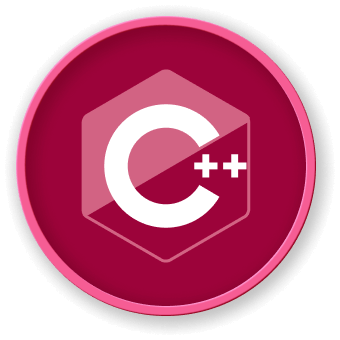Optimization Techniques
Overview of Optimization Strategies
Optimization techniques are essential for improving algorithm performance and reducing computational complexity. This section explores various methods to enhance code efficiency.
1. Algorithm Selection
Choosing the right algorithm is crucial for performance optimization:
graph TD
A[Algorithm Selection] --> B[Time Complexity]
A --> C[Space Complexity]
A --> D[Problem Characteristics]
B --> E[Choose Lower Complexity]
C --> F[Minimize Memory Usage]
D --> G[Match Algorithm to Specific Use Case]
Algorithm Complexity Comparison
| Algorithm |
Search Time |
Insert Time |
Delete Time |
Space Complexity |
| Array |
O(n) |
O(n) |
O(n) |
O(n) |
| Linked List |
O(n) |
O(1) |
O(1) |
O(n) |
| Binary Search Tree |
O(log n) |
O(log n) |
O(log n) |
O(n) |
| Hash Table |
O(1) |
O(1) |
O(1) |
O(n) |
2. Data Structure Optimization
Example: Efficient Vector Usage
#include <vector>
#include <algorithm>
class OptimizedContainer {
private:
std::vector<int> data;
public:
// Optimize memory allocation
void reserveSpace(size_t size) {
data.reserve(size); // Preallocate memory
}
// Efficient insertion
void efficientInsertion(int value) {
// Use emplace_back for better performance
data.emplace_back(value);
}
// Optimize search operations
bool fastSearch(int target) {
// Use binary search for sorted vectors
return std::binary_search(data.begin(), data.end(), target);
}
};
3. Algorithmic Optimization Techniques
Memoization
class Fibonacci {
private:
std::unordered_map<int, long long> memo;
public:
// Optimize recursive calculation
long long fastFibonacci(int n) {
if (n <= 1) return n;
// Check memoized results
if (memo.find(n) != memo.end()) {
return memo[n];
}
// Calculate and store result
memo[n] = fastFibonacci(n-1) + fastFibonacci(n-2);
return memo[n];
}
};
4. Compiler Optimization Techniques
Compile-Time Optimizations
// Use constexpr for compile-time calculations
constexpr int compileTimeCalculation(int x) {
return x * x;
}
// Use inline functions
inline int quickOperation(int a, int b) {
return a + b;
}
graph TD
A[Performance Optimization] --> B[Minimize Complexity]
A --> C[Reduce Redundant Calculations]
A --> D[Use Efficient Data Structures]
A --> E[Leverage Compiler Optimizations]
Key Optimization Principles
- Choose algorithms with lower time complexity
- Minimize memory allocations
- Use appropriate data structures
- Leverage compiler optimization flags
- Profile and measure performance
At LabEx, we recommend continuously learning and applying these optimization techniques to write more efficient code.
Conclusion
Effective optimization requires a combination of algorithmic knowledge, careful design, and continuous performance analysis.




